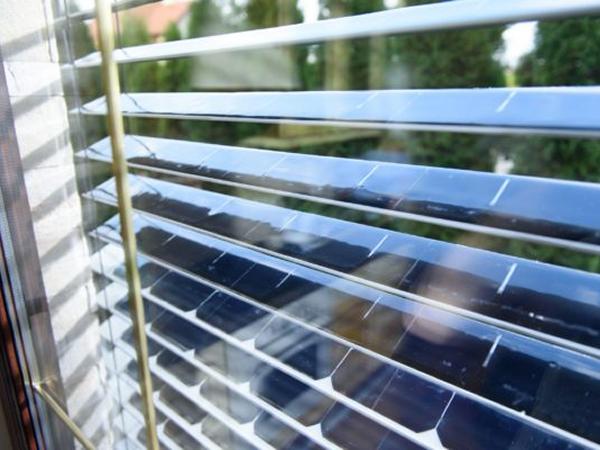
Solar power is the most popular form of renewable energy, and for home owners a great way to reduce their electrical bill. However, if you don’t have a roof or rent a place, installing them is not an option. Now, the start-upSolarGaps has come with a solution for these situations. The company created blinds with integrated solar panels that provide sunshade, all the while reducing your energy bill.
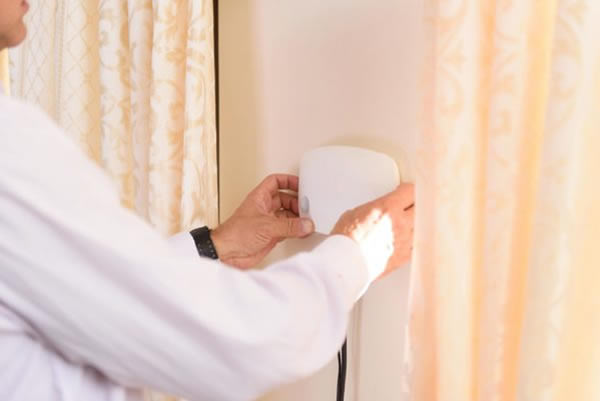
The blinds, which can be easily installed in a ‘plug-and-play’ fashion, look like ordinary blinds, but have integrated photovoltaic modules. They automatically rotate to follow the sun, an idea based on sunflowers. For the best efficiency, SolarGaps recommends installing them outside.
You can use the energy generated by the blinds by using the included dock that allows you to charge and power devices within your home or office, store the surplus energy in a battery, or sell the energy to your energy supplier.
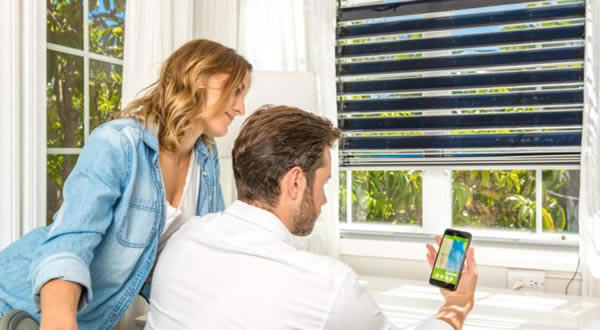
The company claims that the blinds can save you up to 70 per cent of your energy bill. As an example of the amount of energy generated, SolarGaps takes a three-room apartment with four windows of 2 square metres (about 20
square feet). If they are each facing south, they may be able to produce on average 7 kWh a day / 210 kWh a month, assuming average daylight of 8.5 hours a day. In an office or retail space, you would be able to generate up to 10 times more. However, whether these numbers are for a sunny or a cloudy day is unclear.

Like ordinary blinds, the SolarGaps ones can keep out the sunlight, which can save on air conditioning.
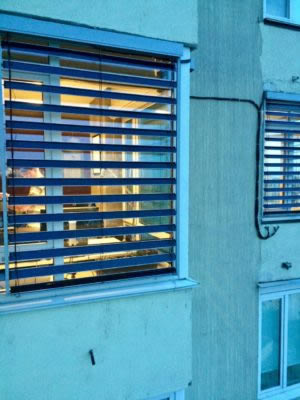 SolarGaps blinds are made from aluminium and fibreglass. The company claims that aside from generating power, the shades can also provide protection for your windows in poor weather condition.
SolarGaps blinds are made from aluminium and fibreglass. The company claims that aside from generating power, the shades can also provide protection for your windows in poor weather condition.
According to their Indiegogo page, “SolarGaps can operate perfectly in the wide range of temperatures – between -40 and +176 degrees Fahrenheit (-40 and +80 degrees Celsius).”
As many devices nowadays, the blinds can be controlled remotely using an app, so that you can use them as normal blinds as well, as well as track the amount of energy generated.
SolarGaps’ fund raising campaign ended in June, reaching 205 per cent of their intended goal.
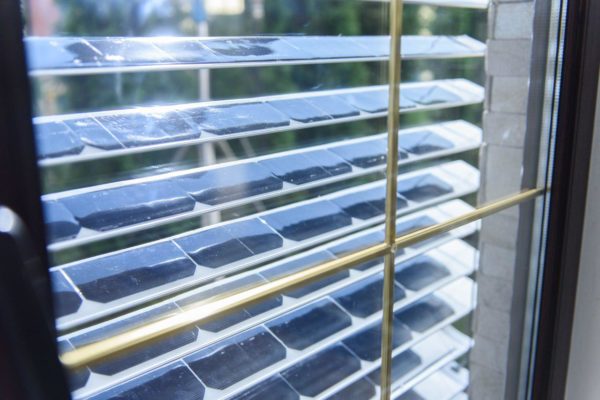

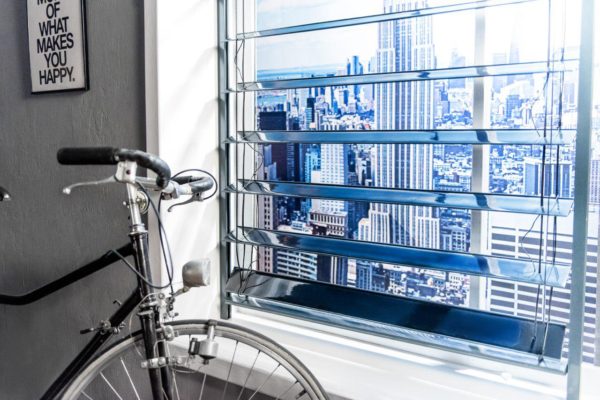
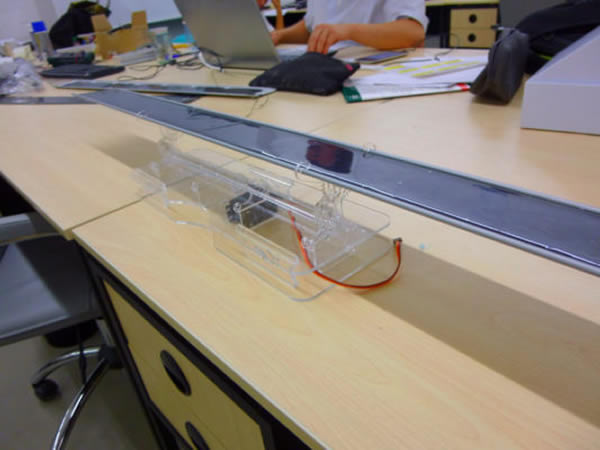
Photos: SolarGaps

